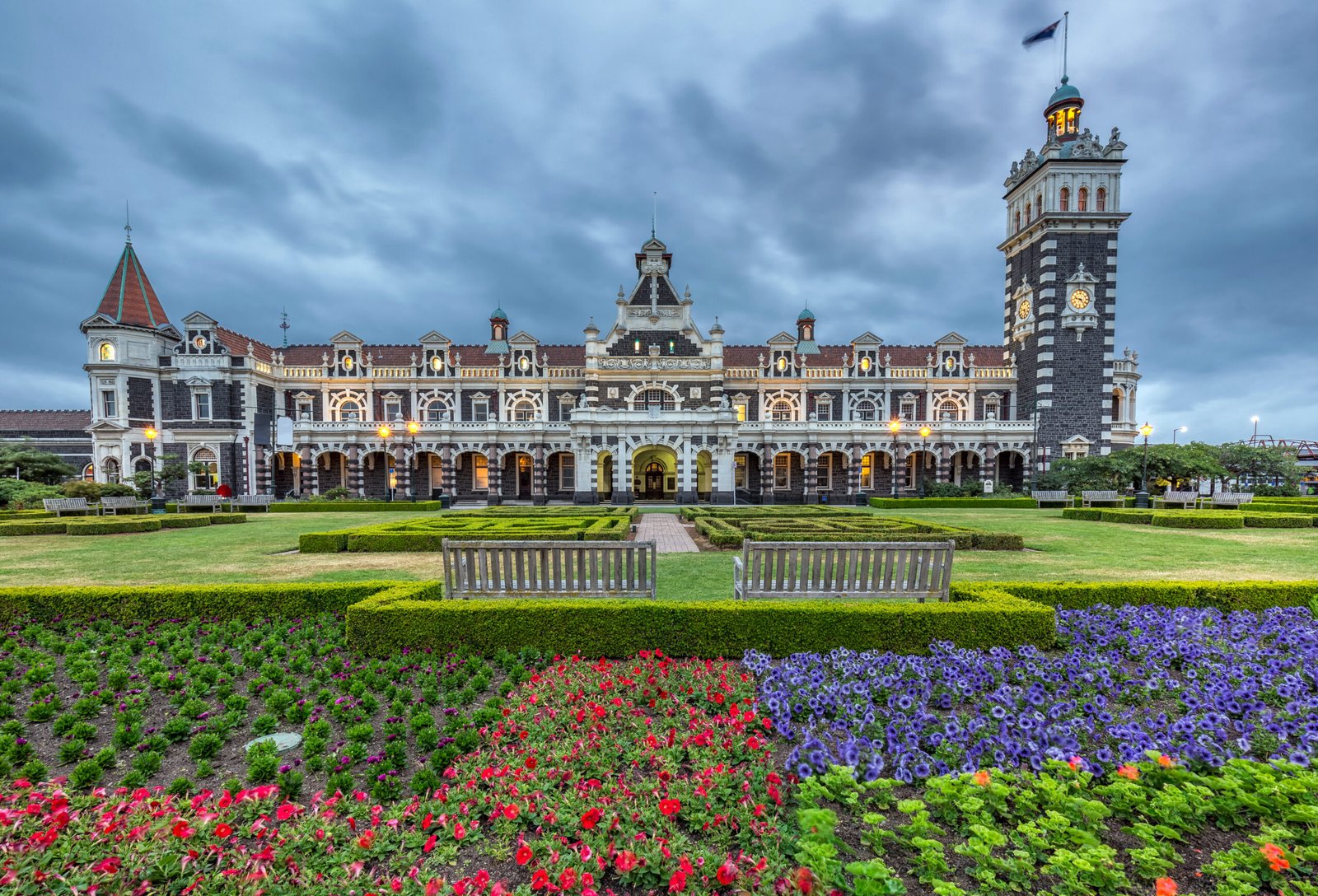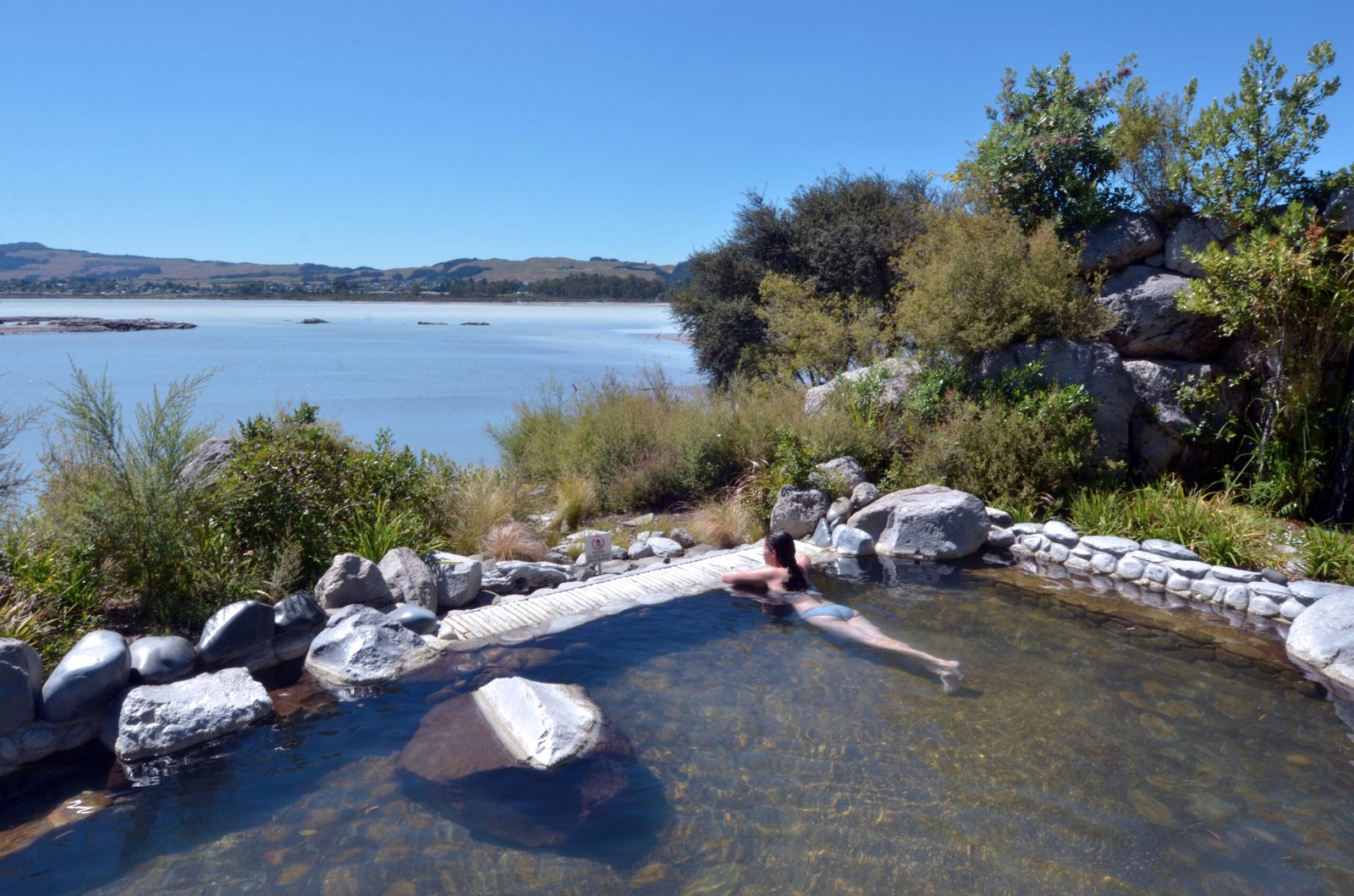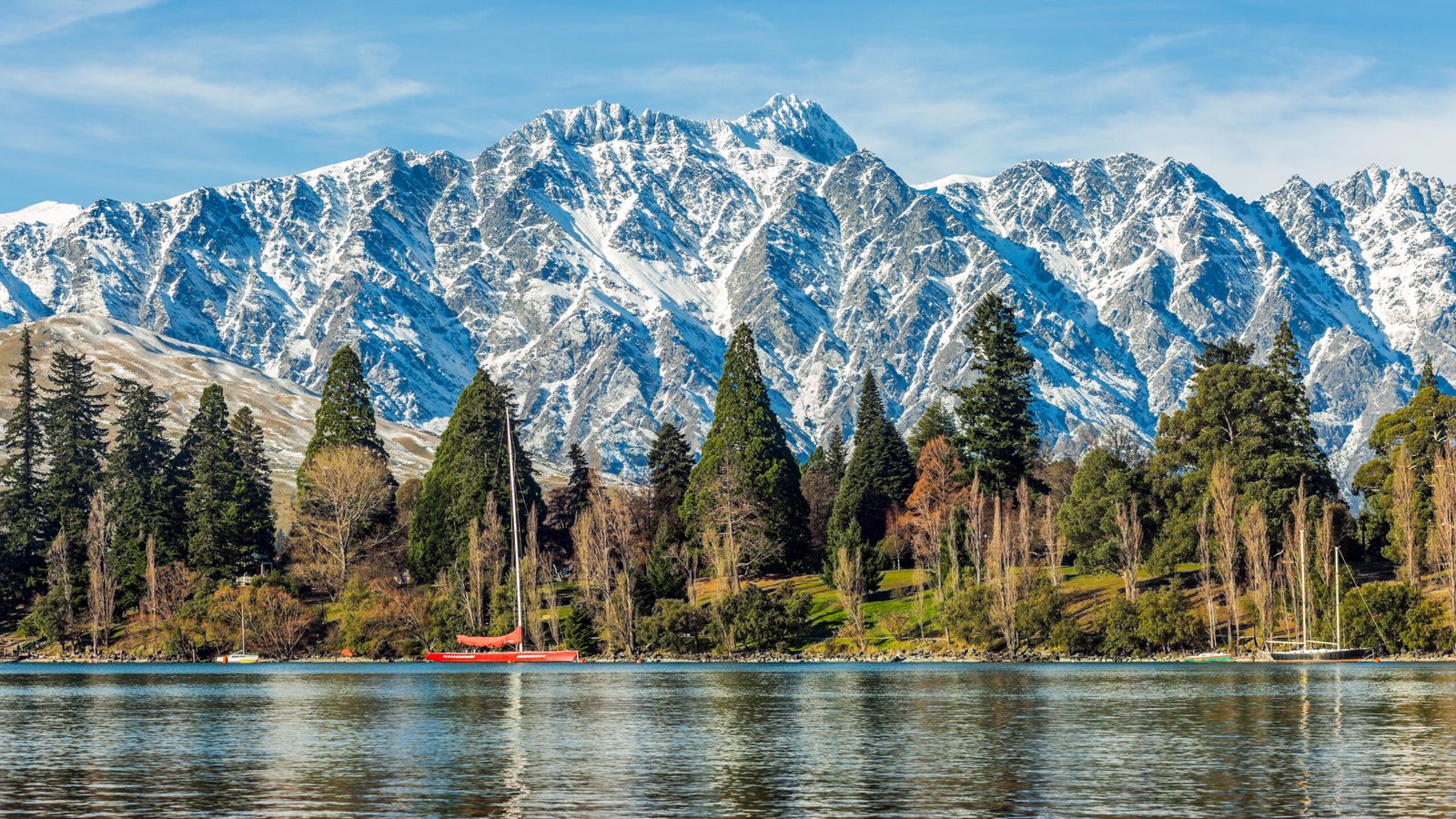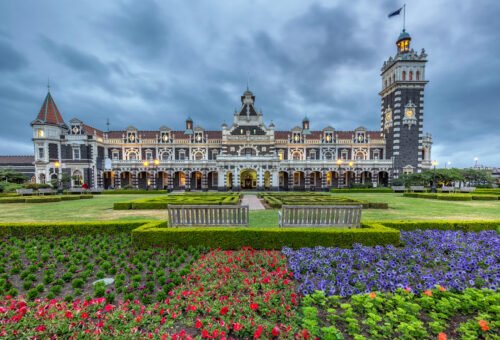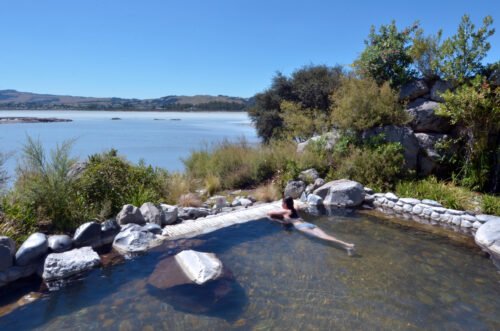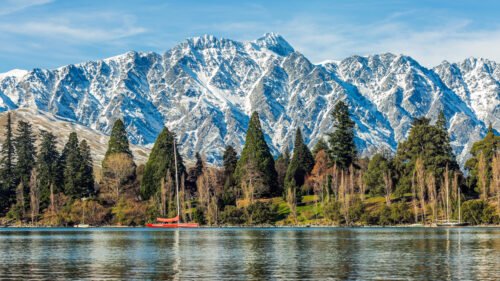When most people think of snow in New Zealand, they picture the towering Southern Alps and the ski towns of the South Island. But did you know the North Island gets its fair share of winter magic too? And the best part? You don’t need skis or a snowboard to enjoy it.
Whether you’re travelling with kids, planning a winter road trip, or just want to see snow for the first time, there are plenty of accessible spots where you can experience snowy landscapes, build a snowman, or simply take in the crisp alpine air — all without hitting the slopes.
In this guide, we’ll show you exactly where to find snow in the North Island this winter, how to get there, and what to do once you arrive — no ski pass required.
Best Time to See Snow in the North Island
- If you’re looking for the best time for snow play, August and September are by far the most reliable months.
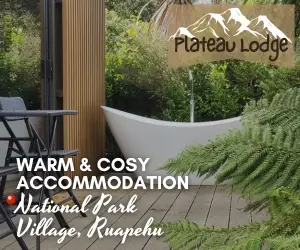
Whakapapa Village & Mt Ruapehu (Tongariro National Park)
Whakapapa is the most reliable and accessible place to see snow in the North Island — and it’s stunning. Located on the northwestern slopes of Mt Ruapehu, it’s part of Tongariro National Park, a UNESCO World Heritage Site.
Why visit:
- The Whakapapa Snow Play Zone is perfect for families and non-skiers.
- Ride the Sky Waka gondola for incredible views of snow-covered peaks — no skiing required.
- Plenty of safe areas to play in the snow, take photos, or enjoy a warm drink at the Knoll Ridge Café (New Zealand’s highest café!).
Tip: Arrive early during weekends and school holidays — it’s a popular spot.

Bruce Road Scenic Drive (Up to Whakapapa Ski Area)
The road to Whakapapa ski area — Bruce Road — is a snow experience in itself. On clear days, you’ll see incredible volcanic landscapes dusted in white.
What to do:
- Pull over safely at roadside viewing areas for snowball fights or selfies.
- Enjoy the drive as snow blankets the tussock terrain.
- Snow is often visible even if you’re not going all the way to the top.
Important: Check the weather forecast and road conditions before you go. Snow chains may be required.
Tūroa Side (Ohakune Entrance)
On the southwestern side of Mt Ruapehu is Tūroa, accessed via the alpine town of Ohakune. While Tūroa is a ski field, the surrounding area offers beautiful snow scenery even for non-skiers.
Why visit:
- Ohakune is known as the “carrot capital” — don’t miss a photo with the giant carrot!
- The Tūroa access road often has snow in winter — great for snow play by the roadside.
- Ohakune Carrot Adventure Park is perfect for younger kids after a snowy drive.
Desert Road (SH1 Between Turangi and Waiouru)
The Desert Road offers some of the most dramatic winter scenery in the North Island. Running along the eastern edge of Tongariro National Park, this stretch of State Highway 1 is a photographer’s dream when blanketed in snow.
What you’ll see:
- Snow-covered tussock fields with epic views of Mt Ngauruhoe and Mt Ruapehu.
- Great photo stops, especially on frosty mornings or after fresh snowfall.
- No ski infrastructure — just raw, untouched winter beauty.
Safety note: The road can close during snowstorms. Always check NZTA road updates before you travel.
Snowfall in National Park Village
Situated at an elevation of approximately 825 metres, National Park Village is among the highest settlements in the North Island. This altitude means that during winter (June to August), the village can receive snow, especially during cold snaps. However, snow accumulation in the village is less consistent compared to higher elevations on Mount Ruapehu.
See Snow from the Air
Take a scenic flight by sea plane from Taupo with Taupo’s Float Plane!
Departing Taupō Bay, this 60-minute scenic flight heads south over Turangi, Mount Pihanga, and Lake Rotoaira, before soaring above the stunning Emerald and Blue Lakes and Tama Lakes enroute to the summit of Mt Ruapehu. Enjoy aerial views of the Crater Lake and ski fields, then fly north over Mt Ngauruhoe and Mt Tongariro to see the Red Crater, Blue Lake, and dramatic lava flows before returning over Lake Taupō to land lakeside.
Warm Up After Snow Fun – Hot Pools & Cosy Stays
After a day in the snow, there’s nothing better than warming up in a hot pool or snuggling into a fireplace-lit holiday home.
Where to go:
- Tokaanu Hot Pools near Turangi – affordable, family-friendly, and naturally heated.
- National Park Village and Ohakune offer a range of accommodation: cosy cabins, alpine retreats, holiday homes, and lodges, many with wood burners and mountain views.
Top tip: Book accommodation early during winter weekends and school holidays.
💡 Tips for a Safe & Enjoyable Snow Trip
- Dress in layers: waterproof jacket, gloves, hat, and good footwear.
- Always check weather and road conditions before heading to alpine areas.
- Carry snow chains if you’re heading up mountain access roads.
- Take snacks, water, and a thermos of hot chocolate – especially for kids!
- Don’t walk on ski fields unless signs say it’s allowed – stay safe and respectful of ski operations.
📸 Bonus: Most Instagrammable Snow Spots
- Tawhai Falls (Gollum’s Pool) – a short walk near Whakapapa with magical winter vibes.
- Ohakune Carrot with a snowy background – quirky and fun.
- Sky Waka Gondola Viewpoints – panoramic alpine scenery from above the clouds.



